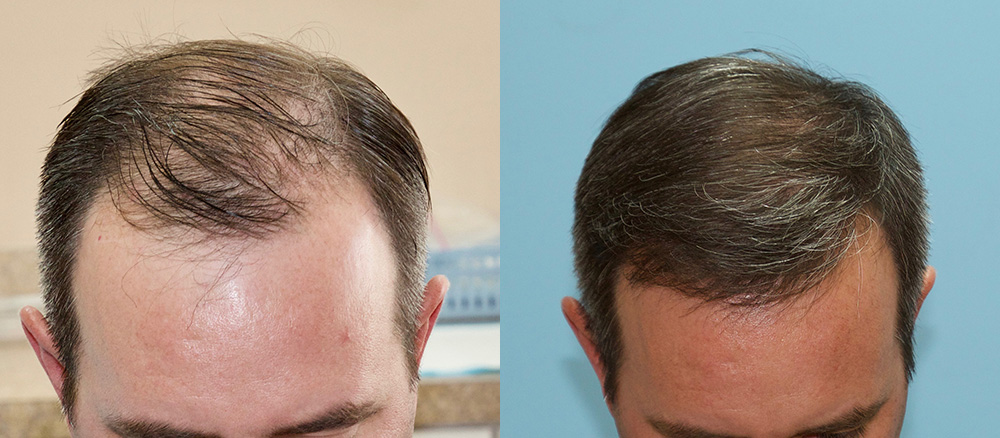How Long After A Tummy Tuck Can I Drive? As you might have already known that abdominoplasty is a cosmetic procedure that is commonly known as a tummy tuck. It aims to remove abdominal skin and fat and reshape the abdominal wall. It has gained popularity over the years especially among females who are conscious …
How Long After A Tummy Tuck Can I Drive?
As you might have already known that abdominoplasty is a cosmetic procedure that is commonly known as a tummy tuck. It aims to remove abdominal skin and fat and reshape the abdominal wall. It has gained popularity over the years especially among females who are conscious about their body shape and health.
But it is quite common that many people are not aware of its recovery time. If you plan to get this procedure in the near future, it is important to learn the dos and don’ts of the recovery process. Let’s dig deeper!
Types Of A Tummy Tuck:
In fact, you can choose from several types of tummy tucks. An extended tummy tuck is more involved in comparison to a mini tuck which only focuses on a small area in the lower abdomen. Notably, an extensive surgery will require more time to heal completely because it includes flanks, lower back, and chest.
Recovery Time:
The timeline of the recovery process varies from person to person. Generally, you will be able to resume your daily activities after completing 8 weeks of rest.
Following are some of the factors that could help in determining the general time frame for your recovery:
- Age
- Overall health
- Post-surgery care
- Type of tummy tuck
- Past or existing diseases
Recovery is a process and rushing it won’t do you any good. It is better to give your body proper time to heal instead of jeopardizing your health over small matters.
What to Expect?
After the surgery, you need to stay in touch with your surgeon or doctor and follow their given instructions. Never hesitate to contact them if you come upon something unusual or confusing.
· After Surgery:
After the surgery, the surgeon will cover up your abdomen with a surgical dressing. He will also place thin tubes in order to drain any fluid that builds around the incision cuts.
It is advisable to take a rest during the initial days. Moreover, the surgeon will also instruct you to move about to aid in preventing blood clots.
· At Home:
During the first few days, you will need some assistance. It’s better to arrange for someone to drive you home. You will be allowed limited mobility. The doctor will also prescribe you some pain relief medicines.
Apart from that, it will be difficult to bend, lift or stand for a long period of time so you should try to avoid such positions.
The doctor will also suggest an optimal resting position in which you would be the most comfortable. Sleeping on an incline will also help in reducing swelling.
· Daily Routine:
Before getting under the needle, try to learn the proper way to take care of your incisions. It is always better to learn beforehand since it will make your recovery process pretty smooth.
Your doctor will give antibiotics, anticoagulants, and topical creams to apply across the incision site for a given length of time. You can expect some swelling and discomfort during the recovery phase but keep taking the prescribed medicines.
You should also avoid smoking and drinking for at least three months after any surgery. They are likely to inhibit the recovery progress.
· Resuming Normal Activities:
Can’t wait to get back on track? Don’t worry we’ve got you covered!
- Depending upon your recovery, your surgeon will allow Moderate driving, shopping, or cooking probably after two weeks. Most people take 4 to 6 weeks to recover fully. Until that time, your surgeon will also advise against a vigorous workout routine that includes cardio and weight lifting as well.
- Strenuous exercise can raise blood pressure, therefore, you should avoid doing this for atleast two weeks after the surgery.
- Swelling and bruising can take up to three months to completely go but the scarring will take a lot of time to fade away.
- After 4 weeks your doctor will allow you to travel but he will instruct you to move about after 2-3 hours to prevent blood clots.
· Diet:
Try to drink at least 8 glasses of water per day to get rid of toxins which will help in reducing swelling. What’s more? Remember to include fruits and vegetables along with the following nutrients mentioned below in your diet as well.
- Vitamin A and C
- Probiotic supplements to boost immunity
- Ginger and green tea to relieve nausea and improve antioxidants levels
- Pineapple and papaya to reduce bloating or inflammation
You will have a lot to consider but it is definitely manageable and attainable. All you need is to make a plan considering all the aspects we have mentioned and you will be good to go.
In A Nutshell:
Considering the facts, if everything goes smooth and as expected, you can drive after 10-14 days. But always check in with your doctor before doing so. The key to a healthy recovery is to never push yourself to do anything before your body is physically ready.










